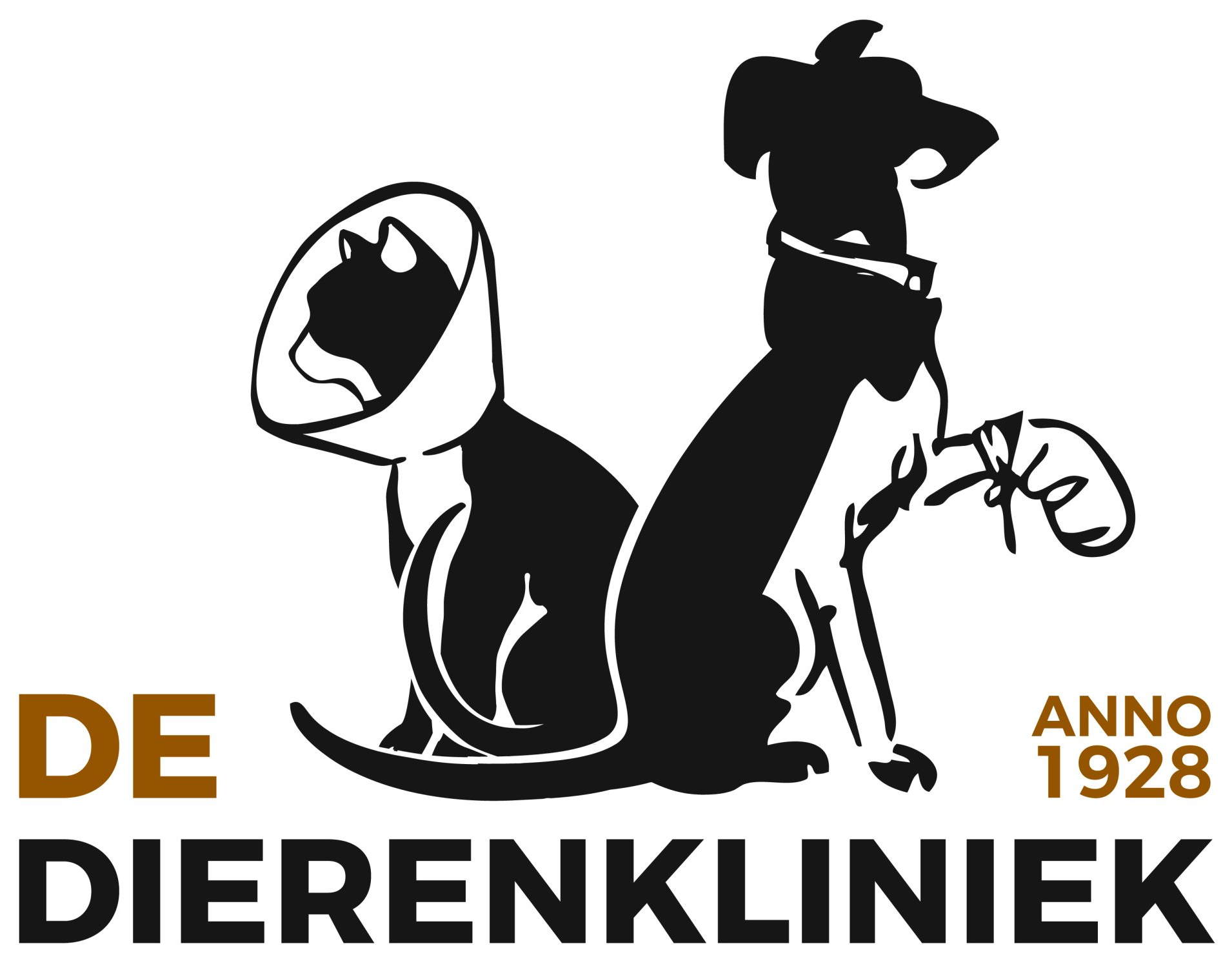Preparations
If you bring your pet to us for neutering or spaying, there are a few important things to keep in mind. Your pet must be fasting before the procedure, which means no food for 8 hours beforehand. Pets can vomit under anesthesia, and food in the stomach could cause complications. Water may be given.
During the procedure
Before the operation, your pet is thoroughly examined. During surgery, we monitor your pet closely using breathing equipment, gas anesthesia, and monitoring devices that track heart rate, blood oxygen, and CO₂ levels. If necessary, we provide IV therapy to ensure the procedure is as safe as possible.
After the procedure
After surgery, your pet is placed in a comfortable and warm recovery area next to the operating room so we can continuously monitor them as they wake up. Once your pet is fully awake, the veterinarian will contact you to discuss how the procedure went and when you can pick up your pet. You will also receive written instructions for optimal aftercare.
Aftercare
Going home
Keep in mind that your pet may still be drowsy and weak due to anesthesia. They can cool down quickly, and vigorous activity may be taxing. Transport your pet safely in a carrier or car seat.
At home
Your pet may still be sleepy. Provide a comfortable, warm resting place.
Drinking
Offer small amounts of water if your pet is thirsty. Avoid large quantities, as they may feel nauseous and vomit.
Eating
Your pet can have a small portion of food the evening after surgery. Avoid large meals. We provide a can of easily digestible food for post-operative care.
The day after surgery, your pet should be willing to eat independently. This is especially important for cats, as not eating for more than two days can harm the liver.
After neutering or spaying, your pet’s metabolism changes, which can lead to weight gain. Prevent this by feeding a lower-calorie diet or reducing the normal portion by about a quarter.
Medications
Most pets receive medications, usually pain relief. Even if your pet seems pain-free, it is important to give the medication as prescribed. It also reduces inflammation and promotes faster healing.
Wound care
Stitches are placed in both the skin and deeper layers. Sudden movements or jumping can damage these stitches. Keep your pet calm and prevent play.
Your pet should not lick or bite the wound. If they do, use a cone or medical pet shirt, available at our clinic.
Dogs should be walked on a leash until the check-up and should not swim or be bathed. Cats are best kept indoors until the follow-up.
Note: No stitches are placed for neutering male cats, but they should still avoid touching the wound.
Check-up
We recommend a check-up 7–10 days after surgery to ensure the wound is healing properly and to remove skin stitches if needed. This check-up is free of charge. You can schedule an appointment by phone or at the reception.

